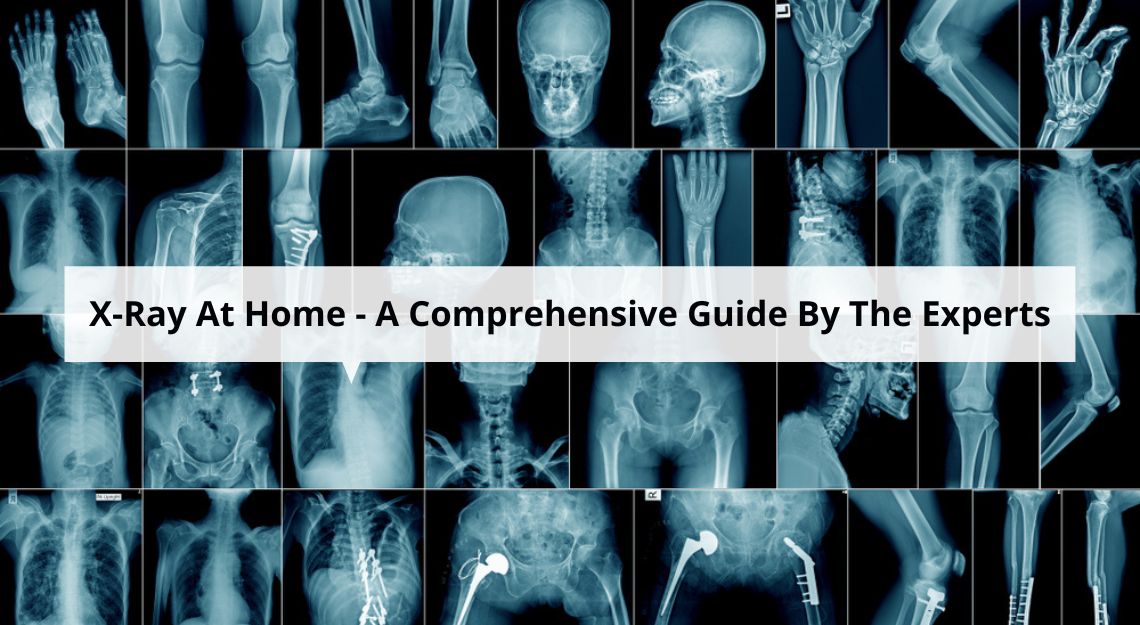A Comprehensive Look at X-rays and Health

In the realm of medical diagnostics and treatment, X-rays have undeniably transformed the landscape, offering invaluable insights into the human body. However, as with any medical technology, concerns about X-rays and their potential impact on health have been a topic of discussion. In this exploration, we aim to delve into the concerns surrounding X-rays, addressing both the benefits and considerations associated with their use in healthcare.
The Benefits of X-rays in Healthcare:
Before delving into concerns, it's crucial to acknowledge the substantial benefits that X-rays bring to the field of healthcare. X-ray imaging is an essential diagnostic tool, enabling healthcare professionals to visualize internal structures without invasive procedures. From detecting fractures and assessing injuries to identifying abnormalities and guiding complex surgical interventions, X-rays have played a pivotal role in improving patient care and outcomes.
Understanding Radiation Exposure:
One primary concern associated with X-rays is the exposure to ionizing radiation. X-rays, which are a form of electromagnetic radiation, have enough energy to ionize atoms and potentially damage cellular structures. The key is understanding that while ionizing radiation carries risks, the doses used in medical imaging are carefully controlled to minimize potential harm. The benefits of accurate diagnosis and effective treatment often outweigh the associated risks.
Radiation Safety Measures:
Healthcare providers prioritize radiation safety, implementing measures to minimize exposure during X-ray procedures. Modern X-ray machines are designed with advanced technologies, such as collimators and shielding, to focus the radiation beam and protect surrounding tissues. Additionally, medical professionals follow established guidelines to ensure that X-ray procedures are conducted with the least amount of radiation necessary to achieve diagnostic accuracy.
Special Considerations for Vulnerable Populations:
Certain individuals may be more susceptible to the effects of radiation, prompting special considerations. Pregnant women, for example, are typically advised to inform healthcare providers about their pregnancy before undergoing X-ray procedures. In such cases, providers may explore alternative imaging methods or adjust protocols to minimize fetal exposure. Similarly, children may require specific considerations due to their developing bodies.
Alternative Imaging Technologies:
For individuals with heightened concerns about radiation exposure, alternative imaging technologies may be considered. Non-ionizing imaging methods, such as ultrasound and magnetic resonance imaging (MRI), offer options that do not involve ionizing radiation. However, the choice of imaging modality depends on the specific diagnostic needs and considerations for each patient.
Balancing Benefits and Risks:
The overarching principle in the medical use of X-rays is the careful balance between the benefits of accurate diagnosis and the potential risks associated with radiation exposure. Healthcare providers employ a risk-benefit analysis for each patient, considering the necessity of the procedure, the potential diagnostic yield, and the overall health context.
Patient Empowerment and Informed Consent:
Empowering patients with information is a crucial aspect of addressing concerns about X-rays. Healthcare providers should engage in transparent communication, discussing the necessity of X-ray procedures, potential risks, and alternative options. Informed consent ensures that patients are aware of the benefits and potential risks, allowing them to actively participate in decisions about their healthcare.
Concerns about X-rays underscore the importance of informed decision-making and transparency in healthcare. While acknowledging the potential risks associated with ionizing radiation, it's essential to recognize the critical role X-rays play in accurate diagnosis and treatment. By embracing a balanced approach that prioritizes patient safety, healthcare providers can navigate concerns, ensuring that the benefits of X-ray technology continue to positively impact patient care while minimizing potential risks.
Thank you.